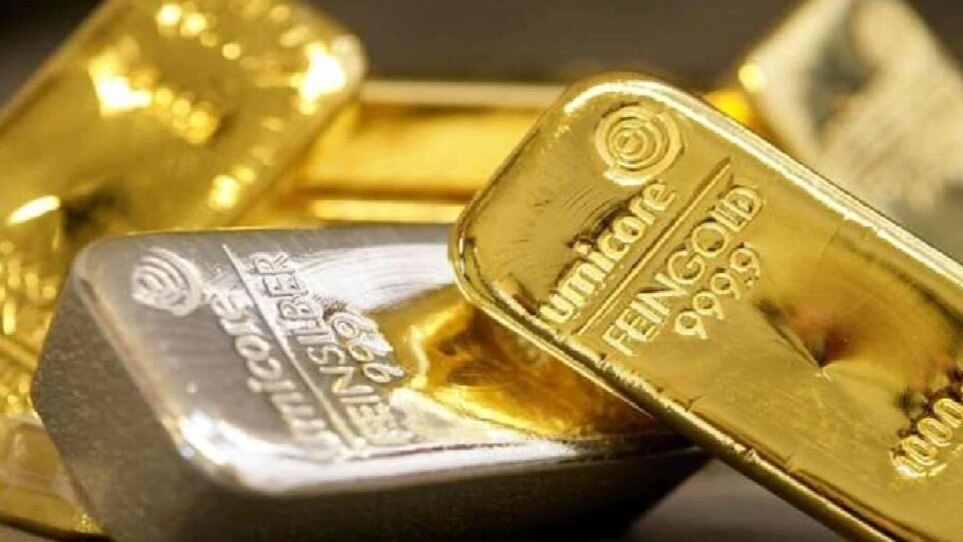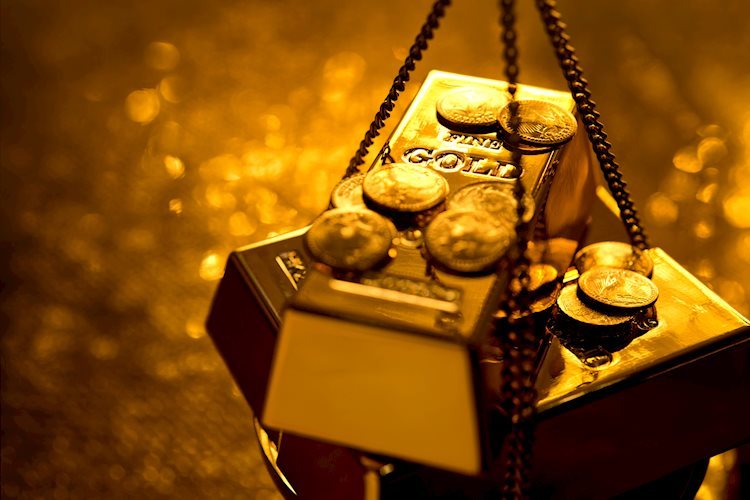The trading day on Tuesday saw gold prices on the Multi Commodity Exchange (MCX) open at Rs 62,461 per 10 grams and drop to an intraday low of Rs 62,443. In the international market, prices were around $2,048.06 per troy ounce. Meanwhile, silver opened at Rs 72,560 per kg and hit an intraday low of Rs 72,371 on the MCX, with the price hovering around $23.15 per troy ounce in the international market.
Manav Modi, Analyst, Commodity and Currency, MOFSL, attributed the rise in gold prices to safe-haven demand due to tensions in the Middle East. Additionally, there were speculations that the Federal Reserve might cut rates as early as March, further driving the increase in gold prices.
The previous session’s volatility was low due to the Martin Luther King Day holiday, but tensions in various geopolitical areas, such as the Israel-Hamas conflict and the US air strikes on Yemen, kept risks elevated. Mixed US inflation readings also contributed to market bets that the Fed could start cutting interest rates in March, leading to a subdued dollar.
Amit Khare, Associate Vice President at GCL Broking, noted that gold and silver had positive closings on the previous trading day. He suggested that traders look for opportunities to make fresh buy positions in Gold and Silver based on the momentum indicator RSI and the support and resistance levels.
Insight: In times of geopolitical tensions and market uncertainty, gold tends to be seen as a safe-haven asset, leading to an increase in demand and, consequently, higher prices. The speculations about the Federal Reserve potentially cutting interest rates also impact the pricing of precious metals. Additionally, analysts and traders closely monitor economic indicators and geopolitical developments to predict market movements and make informed trading decisions. This level of analysis and prediction is essential for ensuring successful trading in the commodity market.









